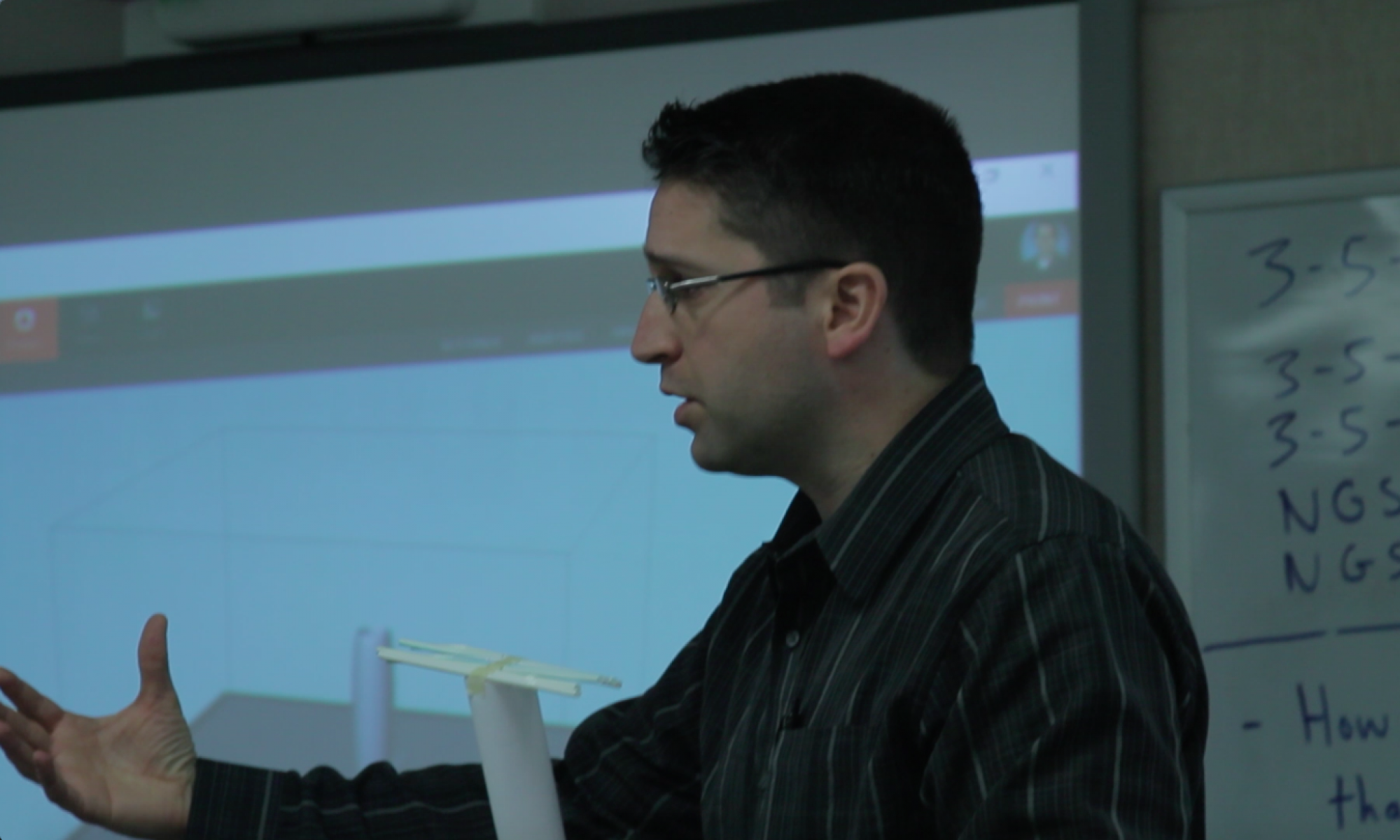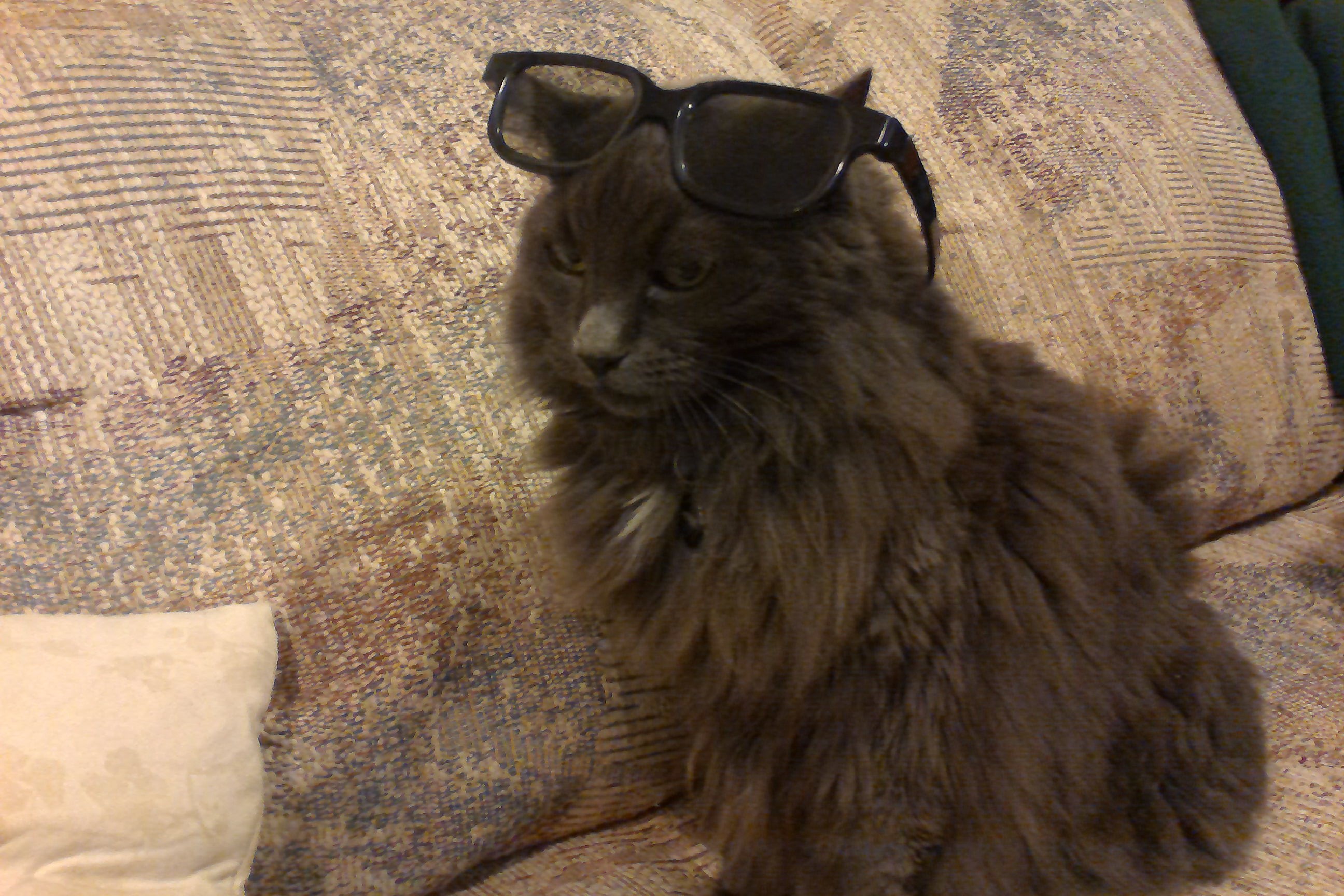
STEM is Just Like Going to an IMAX Movie: 3D!
Okay, so unless you’re seeing a science movie then that’s probably where the similarities end. However, I wouldn’t mind writing a post about the Avengers versus the NGSS (Next Generation Science Standards)… the science geek in me is pretty sure that the NGSS would win. Seriously, though, the NGSS is multi-dimensional. Not in a vortex or time-travel sort of way, but as in you can’t teach one of the dimensions that composes the NGSS without teaching another. They are interwoven, interdependent, interconnected, and pretty much inseparable!
The NGSS is composed of the DCI’s, CCC’s, and Science and Engineering Practices… great, more acronyms, right? A lot of really smart people are doing some incredibly deep and serious analysis of this stuff. So much so, that I am nowhere near comfortable doing a full break down yet. In fact, there are so many books written on this topic already that even trying to do so in a blog post would be either a disservice, dishonest, or both. I need to read a few more books before I even pretend to have an informed professional opinion. So, I did the next best thing. By popular request from previous readers, I asked my cat. The following is a breakdown of the three dimensions of the NGSS from a cat’s perspective. It’s probably not going to add any insight to the conversation, but (and this is a big but), I’m willing to wager that you have yet to be instructed on the NGSS by a cat so your chances of remembering details that are helpful for the average classroom teacher are slightly higher. Plus, you are (as a reader), inevitably smarter and more discerning than my cat.
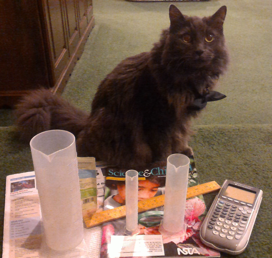
DCI: Developing Cat Intellect
Okay, this would be the definition if you were actually teaching science to cats. By the way, I don’t really recommend it. STEM Cat agrees. She much prefers soft cat food and ear scratches. Actually, DCI stands for Disciplinary Topic Ideas. This is basically what we all are most familiar with seeing in our state’s science standards. These are the meat and potatoes of the science standards. The content, if you well. The DCI cover everything from Newton’s laws of motion to states of matter to conservation of energy to why is the sky blue. This is the “what” of science. Explaining this part first is most helpful because this is what you already know as either a science teacher or a former science student. This is also the last part that you will transition to as you take on the NGSS, because this is the only part that you are not doing already. And the good news is that if you are a science teacher and are actually teaching science then you are already teaching some of this content depending on your grade level. See, curiosity may have killed the cat, but it sure makes for a better scientist. So, now that we have developed some cat intellect, let’s move on to practices which both involve curiosity and should also be almost as familiar as the DCI.
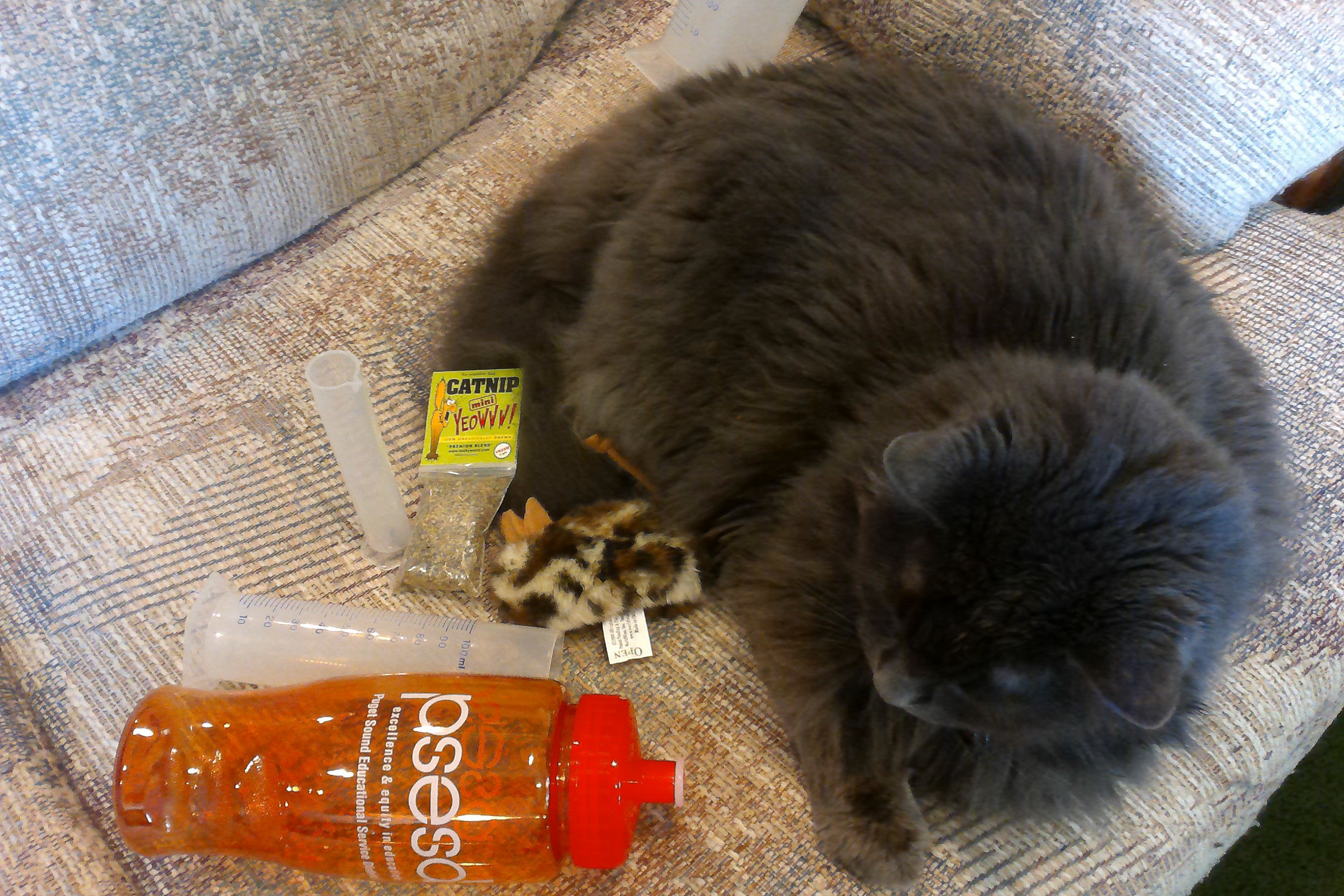
Cat and Feline Practices: You Know, Like the Felinetific Method for Sleeping, Bathing, Eating, and, um, Sleeping
The best, and simultaneously worst, way to describe the Science and Engineering Practices is to compare them to the scientific method in some way, shape, and/or form. I’ve been told that this comparison is a great idea, a horrible idea, and everything in between. However, I really don’t think there’s anyway around it because people eventually get there on their own. The Practices are not the scientific method, nor are they the NGSS version of the scientific method. The Practices are, however, an updated description of how scientists approach questions, problems, experiments, and any other natural phenomena that they are trying to understand or explain. The difference is that scientists don’t approach their jobs like a checklist written for an elementary school student. Instead, they start out in any number of places and ping pong around like a pinball machine: moving to and from, back and forth, and all throughout the different practices until they feel like they are ready to share their work (which, ironically, perpetuates the non-linear process). This doesn’t mean that we throw the baby out with the bathwater. You will get those science teachers that now think the scientific method is out of vogue, when really it’s just a slightly anachronistic set of training wheels–still applicable for your young linear thinkers that need a concrete approach. But it’s also a temporary scaffold at best that you want to move away from as you embrace the full depth, nature, and application of the Science and Engineering Practices in your pedagogy.

CCC: Cross-cutting Cat Concepts
Okay, okay, so these are just the Cross Cutting Concepts. No cats allowed. Unless you’re experimenting with cats which I’m pretty sure is illegal. And, either way, STEM Cat wouldn’t approve. So, cats aside, the CCC are probably going to be the most foreign aspect of the NGSS for most teachers. At least, the concept or theory of these permeating all K-12 science education is going to be. But that’s what these concepts are: ideas that encompass and cut across all scientific sub-disciplines while universally applying from kindergarten through college.
The CCC are as follows: patterns; cause and effect; scale, proportion, and quantity; systems and system models; energy and matter; structure and function; stability and change. And the good news is that you are already inherently teaching them throughout your science lessons. You just are probably not explicitly naming or highlighting them. Yet. You see, as educators we seem to like to put everything in neat and tidy walled-off box gardens. We start with the different subjects, and then as time progresses we narrow down within these areas like with physics versus chemistry versus biology. But science is science, and topics like recognizing patterns are as relevant and applicable to building understanding in kindergarten as they are to a post-doctoral fellow working on decoding the human genome… or an advanced mathematician trying to solve the Turing challenge in programming. We need to start highlighting and drawing out these connections for students because as they recognize the overlap then understanding will grow and students won’t try to categorize everything we teach them as something completely new. This is so important, so relevant, so practical, and so doable. Like, now. In fact, of all of the shifts and adjustments inherent within the NGSS this is the easiest to outright make. Utilizing the Cross Cutting Concepts does not require a new curriculum or training or anything except a willingness to illustrate the universal connections present throughout science in the language provided by the NGSS. That’s it. STEM Cat says: you can do it!
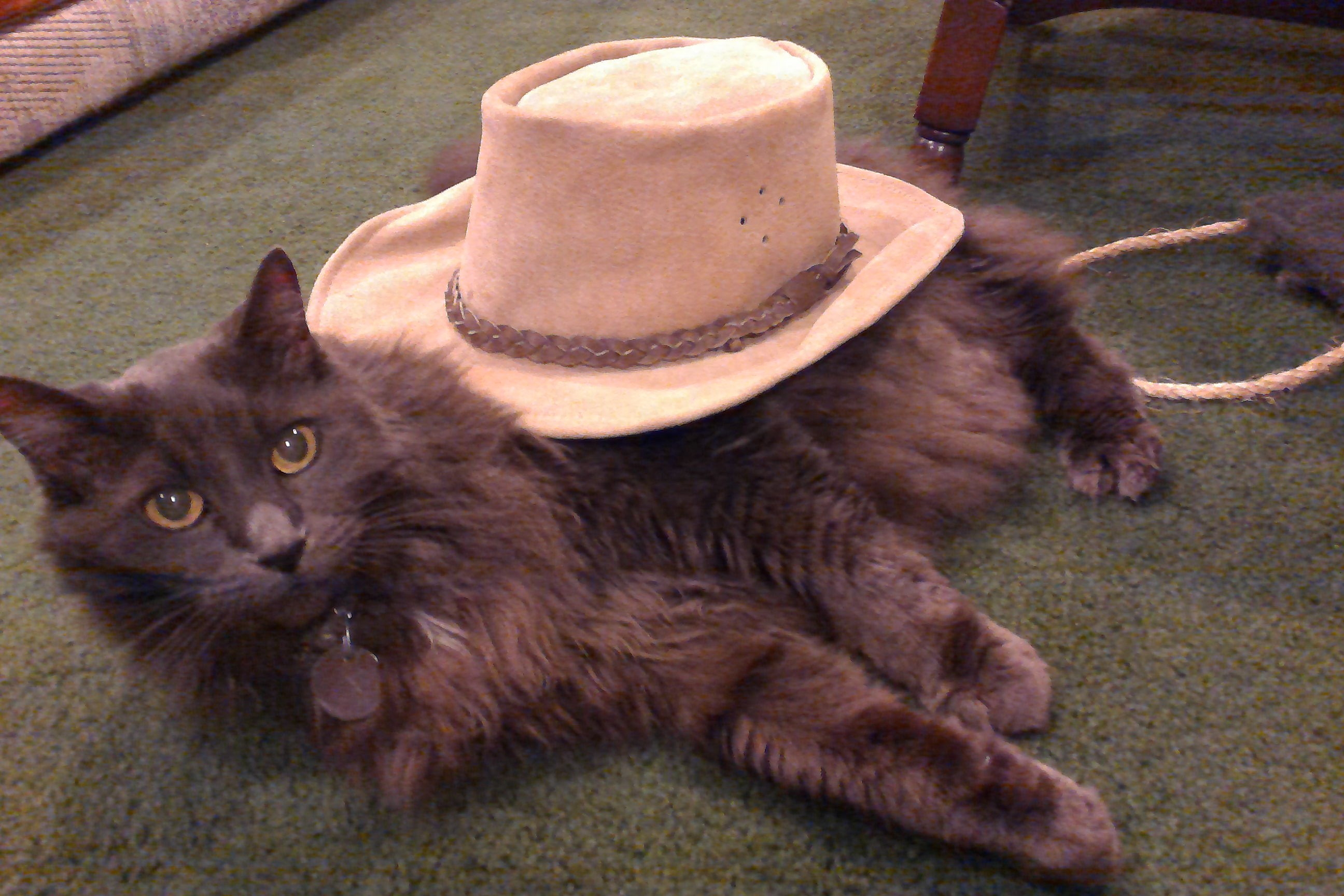
Making the NGSS as Accessible as Possible: It’s as easy as herding cats
Okay, I get it. No matter where you start this is a lot. That’s why I didn’t throw a bunch of graphs or diagrams or complex standards language at you. Just some good ol’ basic analogies and bad jokes. However, implementing the NGSS is the reality that we face as educators, and honestly it’s a huge improvement over our old science standards. Much of which was stuck in the 1990’s along with Laser Discs and Hammer Pants. Or, you can take on an easier but invariably hairier profession… like, say, cat herding. Me, I prefer STEM cats. Whoah there, easy girl!
References
- Next Generation Science Standards: For States, By States (2019). NGSS Appendices. (NGSS Lead States.) Retrieved from https://www.nextgenscience.org/resources/ngss-appendices (Original work published 2013).
- National Science Teachers Association (2019). The NGSS@NSTA Hub Homepage. (National Science Teachers Association.) Retrieved from https://ngss.nsta.org/ (Original work published 2014).
- California Academy of Sciences. (2012, November 16th). Science in Action: How Science Works. Retrieved from https://www.youtube.com/watch?v=Jj9iNphbY88 (Original work published 2012).
